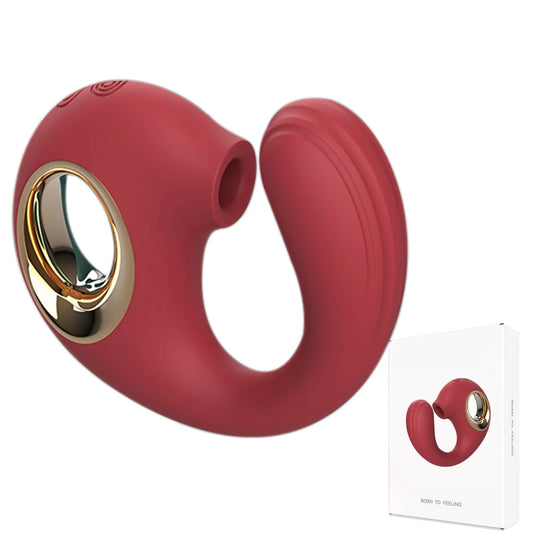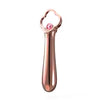How to Use a Vibrator Safely and Hygienically
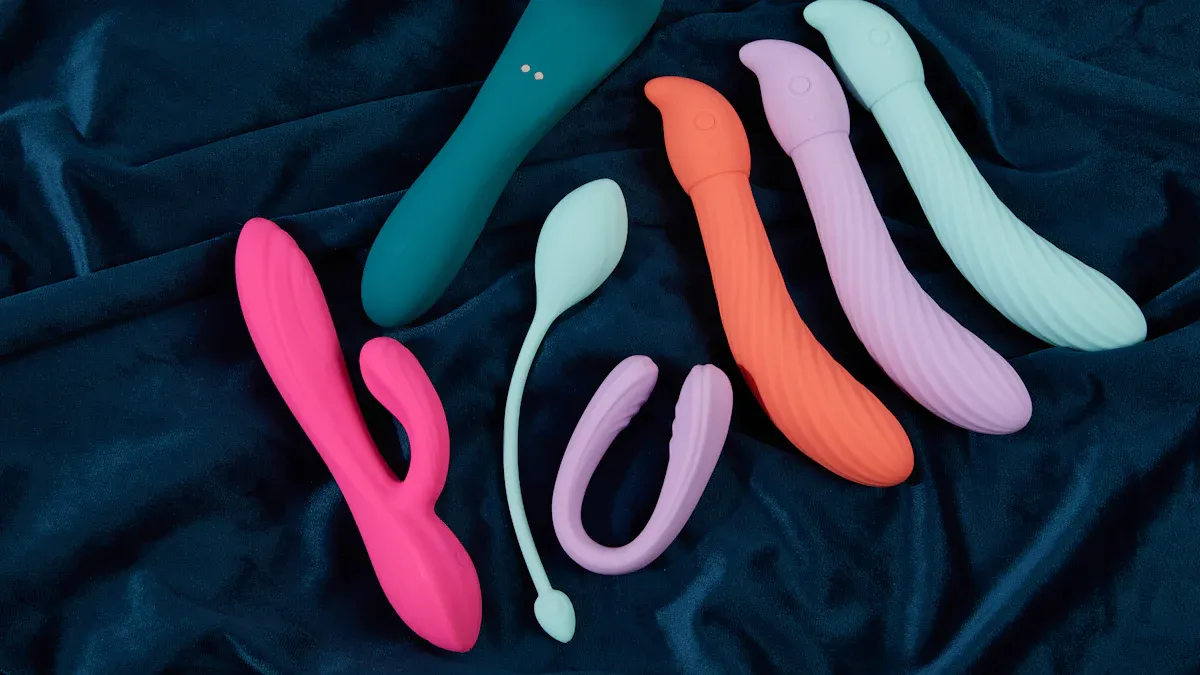
Using a vibrator is a fantastic way to learn about your body and enhance intimacy. However, it’s crucial to understand how to use a vibrator safely and maintain proper hygiene. Failing to clean it adequately or using poor-quality materials can lead to various issues. These issues may include discomfort or health complications. Did you know that using vibrating tools for extended periods can result in numbness or pain? While this is not common with personal vibrators, it underscores the importance of safety. By understanding how to use a vibrator safely, you can prevent problems and enjoy a pleasurable, secure experience.
Key Takeaways
Pick vibrators made of safe materials like silicone or plastic. These are simple to clean and lower the chance of infections.
Wash your vibrator after each use with warm water and gentle soap. This stops germs and keeps it in good shape.
Go slow when using a vibrator, especially if you're new. Listen to your body and change the settings to feel comfortable.
Keep your vibrator in a clean, dry spot to avoid dust and damage. Use a bag or box to keep it safe and clean.
Get a new vibrator if it has cracks or feels sticky. Checking it often makes sure it's safe to use.
Why Safety and Hygiene Matter
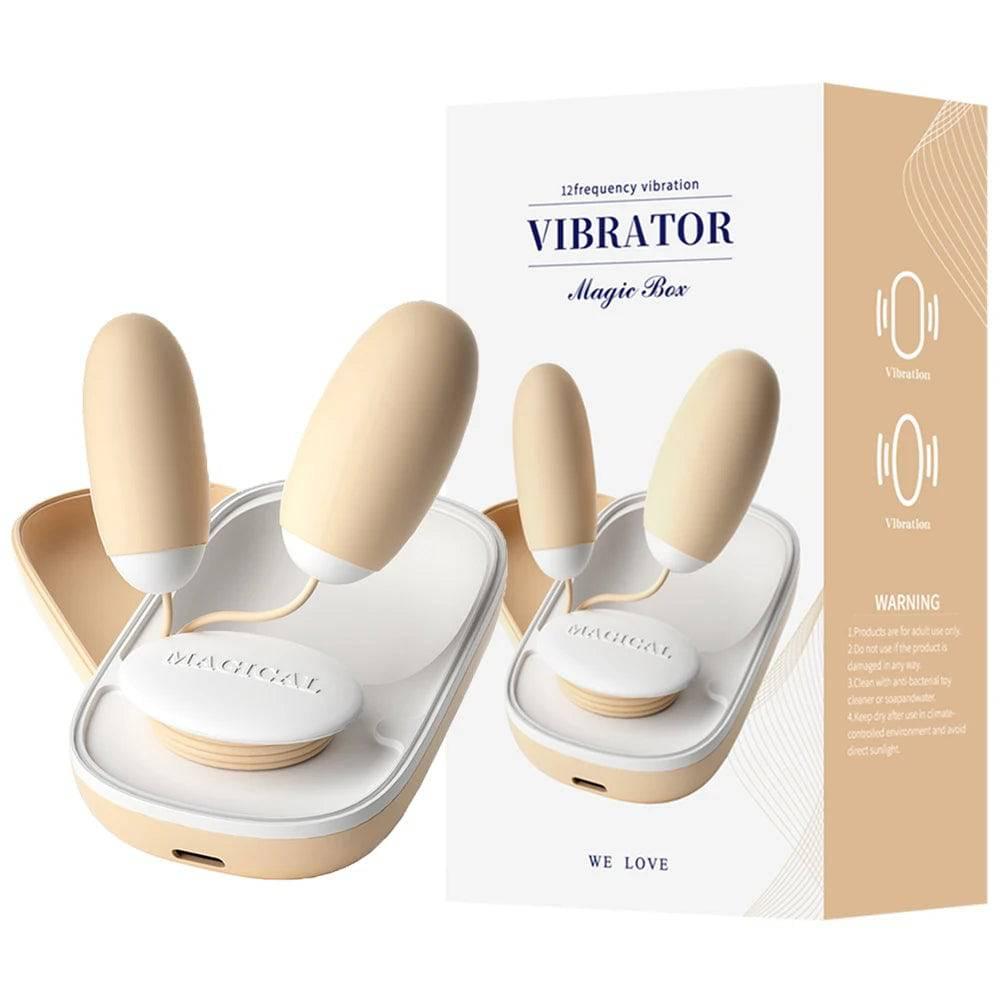
Risks of Using It Wrong

Not knowing how to use a vibrator can hurt you. Pressing too hard or using it too long may cause pain. It could also make areas feel numb for a while. If you're new, take it slow and pay attention to your body. Overusing it might make sensitive spots less enjoyable for a short time.
Using the wrong type of vibrator can also cause problems. Some are for outside use, while others are for inside. Using them the wrong way can feel uncomfortable. Always read the instructions and pick one that suits you.
Hygiene Problems to Watch Out For
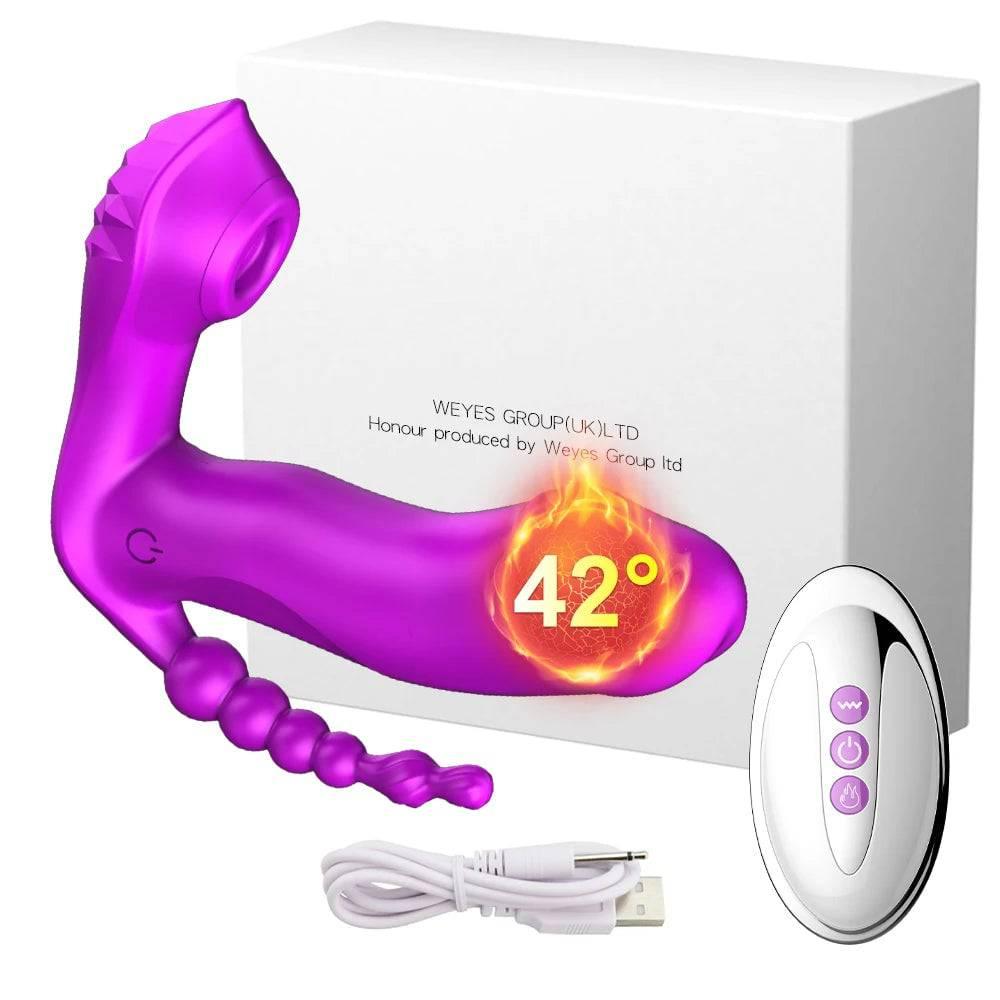
Keeping your vibrator clean is very important. Dirty ones can hold germs that cause infections. Here are some risks:
Germs like E. coli can move from anal to vaginal use, causing infections.
Viruses from sexually transmitted diseases can stay on the vibrator and reinfect you.
Fungi like Candida albicans can live on vibrators and cause yeast infections.
To avoid these, wash your vibrator after every use. Cleaning is easy: use warm water and gentle soap for most types. Check the maker’s instructions for special cleaning tips.
Why Safety and Cleanliness Help

Being safe and clean makes using a vibrator more fun and stress-free. Cleaning it stops infections and helps it last longer. Experts say:
Taking care of your vibrator is key to staying healthy and having a good time. Wash it with soap and water after each use. Using materials like silicone or hard plastic keeps germs away.
By choosing safe materials and cleaning often, you can enjoy your vibrator without worry. A clean vibrator is the best way to have safe and happy moments.
Understanding Vibrator Materials for Safety
The material of a vibrator is important for safety and cleanliness. Picking the right one makes cleaning simpler and improves your experience.
Common materials used in vibrators
Vibrators are made from different materials, each with good and bad points:
Silicone: Soft, strong, and smooth. It’s easy to clean and feels nice.
Hard plastic: Light, cheap, and simple. It’s a great choice for beginners.
Jelly rubber: Bendable and low-cost but traps germs. Cleaning it is harder.
Glass or metal: Easy to clean, germ-free, and safe for sensitive skin. You can heat or cool them for fun sensations.
How material impacts cleaning and safety
The material affects how you clean and use your vibrator. Nonporous ones like silicone, glass, and metal don’t hold germs. They’re safer and easier to clean. Porous ones, like jelly rubber, can keep bacteria even after washing. This raises the chance of infections.
If your vibrator is porous, take extra care. Cover it with a condom to block germs and replace it often. Nonporous ones only need warm water and mild soap for cleaning.
Choosing body-safe materials
Always pick vibrators made from safe materials. Look for labels like “medical-grade silicone” or “phthalate-free.” These are safe for your body. Avoid harmful chemicals that might irritate your skin or cause allergies.
Choosing nonporous, body-safe materials keeps you healthy and makes cleaning easier. It’s safer and more convenient for you.
Best Way to Clean Your Vibrator
Keeping your vibrator clean is very important for your health. A clean vibrator stops infections, lasts longer, and feels fresh every time. Let’s look at how to clean a vibrator based on its material and expert advice.
Step-by-step cleaning guide for different materials
Different materials need different cleaning methods. Here’s a simple guide:
Material |
Cleaning Method |
|---|---|
Silicone |
Wash with mild soap and water. Boil if no electronics. |
Hard Plastic |
Use soap and water. Avoid rough cleaning tools. |
Thermoplastic Elastomer (TPE) |
Wash with warm water and soap. Use a condom to stop germs. |
Metal |
Clean with soap and water or boil to sterilise. |
Glass |
Wash with soap and water or boil to sterilise. |
If your vibrator has electronics, don’t put it in water. Instead, wipe it with a damp cloth and cleaner. Always check the maker’s instructions for tips.
How to sanitise vibrators effectively
Sanitising kills germs and keeps your vibrator safe. Here’s how:
Use a special toy cleaner that’s gentle and water-based.
For non-electronic silicone, glass, or metal toys, boil them for a few minutes.
Wipe electronic toys with antibacterial wipes. Don’t use bleach as it can harm the material.
Dry your vibrator well with a clean towel before storing it.
Tip: Never store a damp vibrator. Dry it fully to stop germs from growing.
Cleaning frequency and best practices
How often should you clean your vibrator? The answer is simple: after every use. Regular cleaning keeps it safe and ready.
Follow these tips for cleaning:
Wash porous toys, like TPE ones, with warm water and soap. Use a condom to reduce germs.
Clean nonporous toys, like silicone or glass, with mild soap and warm water for 20 seconds.
Don’t use rough tools or strong chemicals. They can damage your vibrator.
Store your vibrator in a clean box or bag, away from sunlight. This keeps it dust-free.
Note: Germs can grow on all types of vibrators, even nonporous ones. If left dirty, they can form a sticky layer that’s hard to clean and risky for your health.
By following these steps, you’ll keep your vibrator clean and in great shape. Cleaning isn’t just about hygiene—it makes sure your vibrator stays safe and fun to use.
How to Use a Vibrator Safely
Tips for first-time users
If it’s your first time using a vibrator, feeling unsure is okay. Starting slow and following easy tips can make it fun.
Pick safe materials: Choose body-safe options like silicone, ABS plastic, or stainless steel. These are nonporous, easy to clean, and safer. Avoid porous materials like jelly latex or PVC. They can hold germs and cause infections.
Begin with a simple design: A small and basic vibrator is great for beginners. It’s less scary and simple to use.
Read the manual: Each vibrator is unique. Check the instructions to learn how to use it safely and enjoy it fully.
Try different settings: Many vibrators have adjustable speeds and patterns. Start on the lowest setting and slowly increase to find what feels good.
There’s no single correct way to use a vibrator. Explore and find what makes you comfortable.
Avoiding injury or discomfort
Using a vibrator should feel nice, not hurt. To stay safe, listen to your body and use it gently. Here’s how to avoid problems:
Problem |
How to Prevent It |
|---|---|
Overuse |
|
Wrong Technique |
Be gentle and find a comfy way to use it. |
Muscle Tension |
Relax your muscles to avoid tightness. |
Stop if you feel pain or discomfort. For dildo-style vibrators, use them gently and don’t force them into awkward positions. Always pay attention to how your body feels.
Using lubricants safely
Lubricants can make things smoother and more comfortable. But choosing the right one is important for safety.
Use body-safe lubricants: Some lubricants can irritate or cause allergies. Pick ones without harmful chemicals and safe for vaginal health.
Check osmolality: High-osmolality lubricants can harm vaginal cells and cause infections. Experts suggest using lubricants with osmolality below 1200 mOsm/kg and a pH of 4.5.
Match lubricant to your vibrator: Don’t use silicone-based lubricants with silicone vibrators. They can damage the material. Water-based lubricants are safer and work with most vibrators.
The right lubricant makes things comfy and protects both you and your vibrator. Always read the label and pick one that suits your needs.
Proper Storage to Keep It Clean
How to Store It Right
Storing your vibrator well is as important as cleaning it. You don’t want dust or germs undoing your efforts. Always keep it in a clean, dry spot. Use a special pouch or box to protect it from dirt. Many vibrators come with storage bags, which are ideal.
Don’t just throw it into a drawer without covering it. Drawers collect dust and lint that can stick to your vibrator. If you don’t have a bag, use a clean cloth or plastic bag. Make sure it’s fully dry before storing to stop mould or germs.
Tip: Keep your vibrator away from sunlight or heat. These can harm the material and make it wear out faster.
Keeping It Safe from Damage
Your vibrator is valuable, so take care of it. Don’t store it near sharp things like scissors or keys. These can scratch or damage its surface, especially if it’s silicone or jelly rubber.
If it uses batteries, take them out before storing. This stops leaks that could ruin it. For rechargeable ones, charge them fully before storing to keep the battery healthy.
Keep it away from other toys made of different materials. Some materials can react and get damaged. Use separate bags for each toy to avoid this problem.
Knowing When to Replace It
Even with good care, vibrators don’t last forever. Replace yours if it has cracks, tears, or feels sticky. These signs mean it’s worn out and could hold germs.
For battery-powered ones, replace them if they stop working or feel weak. Rechargeable ones should be replaced if they no longer charge properly.
Remember: A damaged vibrator isn’t safe to use. Check it often to make sure it’s in good shape.
By storing it properly, you’ll keep your vibrator clean and ready to use. Good care makes it last longer and keeps every use enjoyable.
Looking after your vibrator is important for your health and fun. Pick safe materials, clean it well, use it gently, and store it properly. These easy steps keep you safe and make using it more enjoyable.
Always put your health and comfort first. Think of your vibrator like a toothbrush—keep it clean, store it carefully, and replace it when it’s worn out. By staying safe and clean, you can enjoy it without any worries.
FAQ
What should first-time users know before using a vibrator?
Begin with a simple vibrator and low power settings. Pick safe materials like silicone or stainless steel. Clean it well before and after each use. Stay calm, take your time, and find what feels good.
Can you share a vibrator with someone else?
Yes, but clean it properly before sharing. Use a condom on the vibrator for extra safety. This helps stop germs or infections from spreading. Always keep hygiene in mind when sharing personal items.
How often should you replace your vibrator?
Replace it if it has cracks, tears, or feels sticky. For battery ones, replace them when they stop working. Rechargeable ones should be replaced if they won’t charge. Regular checks keep it safe to use.
Is it safe to use a vibrator daily?
Yes, daily use is fine if you listen to your body. Don’t overuse it to avoid soreness or numbness. Clean it after every use to stay hygienic. If it feels uncomfortable, take a break and adjust how you use it.
Can lubricants damage your vibrator?
Some lubricants can harm your vibrator. Don’t use silicone-based ones with silicone vibrators as they can ruin it. Water-based lubricants are safer and work with most vibrators. Always read the label to check it’s safe for your toy.


